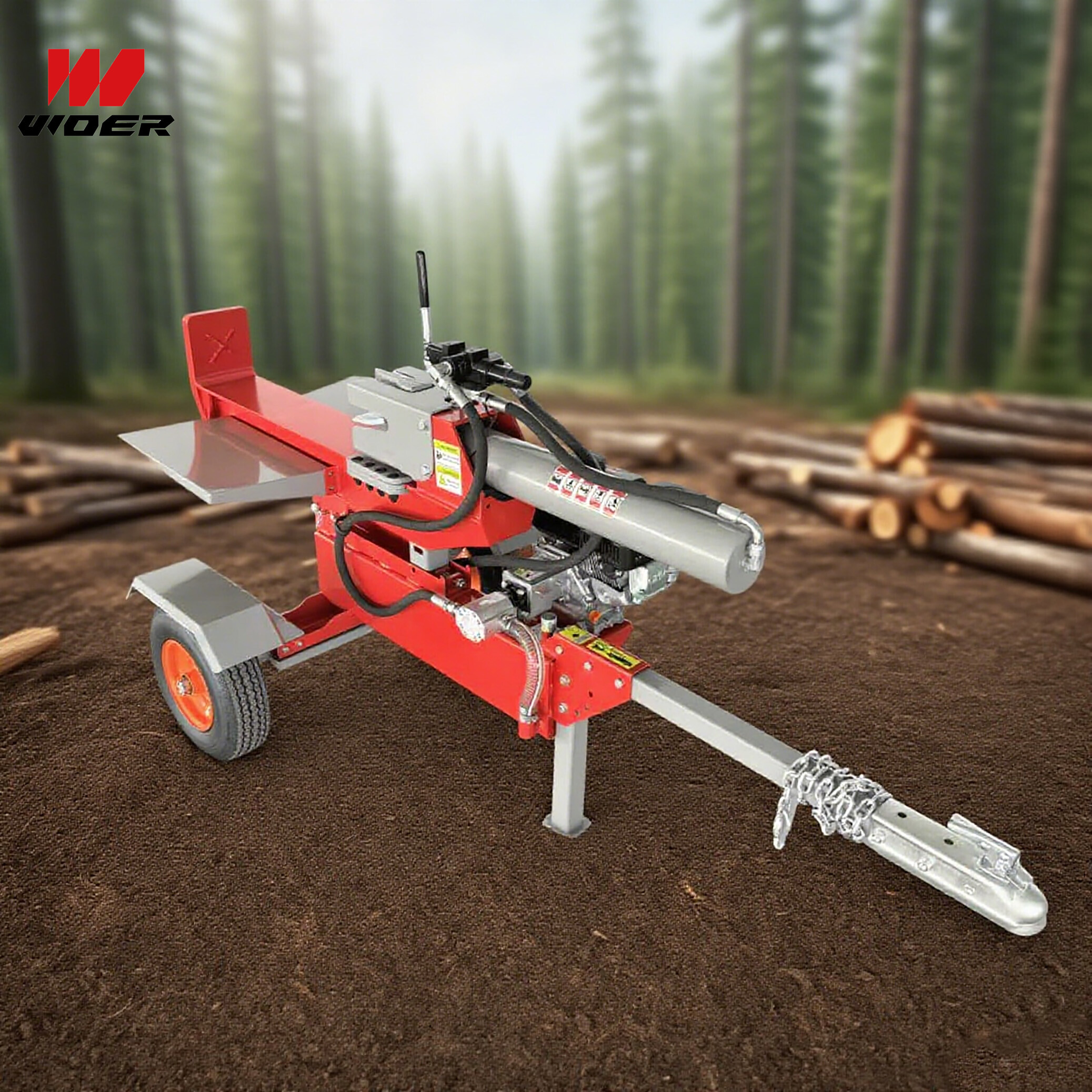Navigation
Contact us
Phone
Message

Selecting and verifying alog splitter—whether a vertical log splitter, hydraulic log splitter, electric log splitter or kinetic log splitter—requires objective testing that proves safety, cycle performance and splitting force. This guide helps technical evaluators, operators and procurement teams find the right local venues and structured tests to validate equipment before purchase or deployment.
Why local testing matters for log splitters
Field validation reduces financial and operational risk. A hydraulic log splitter may meet brochure specifications but behave differently under real load, varied wood species or prolonged duty cycles. Testing locally verifies hydraulic pressure stability, cycle time, wedge geometry performance and electrical safety (for electric log splitter models). For decision makers—procurement managers, technical reviewers and contract executors—on-site or near-site testing supports compliance with industry standards and provides evidence for warranty negotiations.
Where to test: certified laboratories and test centers
Certified test labs (often accredited to ISO/IEC 17025) perform formal mechanical and hydraulic tests. These labs can run force-measurement tests against ASTM or EN-based procedures, perform pressure-holding and leak tests, and produce traceable reports useful for procurement and compliance.
Key offerings from certified labs include:
- Static force and wedge penetration tests (validate rated tonnage).
- Hydraulic circuit leak and endurance testing (verify seals and cycle life).
- Electrical safety and EMC testing for electric log splitter models.
- Noise and vibration characterization for workplace safety assessments.
Standards to reference
Ask labs to reference applicable standards—ASTM (where applicable), EN 13525-equivalent machinery safety clauses, ISO 12100 for risk assessment, and relevant national regulations (e.g., CE marking requirements in EU). Documented test methods and traceable results increase confidence in equipment selection and financial approval.
Dealers, manufacturers and service centers: practical demos
Authorized dealers and manufacturer service centers are usually the first, fastest place to test a log splitter. They often maintain demonstration units—vertical log splitter, hydraulic models, or electric log splitter variants—that you can operate under supervision. These venues offer realistic experience of controls, cycle time and ergonomics, and enable quick verification of features like automatic return, wedge options, and transportation setups.
Advantages:
- Immediate access to demo units and OEM technicians.
- Opportunity to request quick performance checks (force, time per cycle).
- Access to maintenance records and common failure history.
Rental centers, co-ops and vocational schools: cost-effective, hands-on testing
Rental yards, agricultural cooperatives and vocational training centers frequently stock log splitters for short-term use. Testing at these locations allows operators to perform extended runs on typical wood types and identify issues like overheating or hydraulic fade that may not appear in short demos.
These venues are particularly useful when evaluating a log splitter gasoline-driven unit intended for heavy, off-grid use or a kinetic log splitter where throughput matters.
On-site testing checklist for evaluators and operators
Use a structured checklist during any trial. Below is a concise table summarizing practical tests and typical acceptance criteria.
Comparing hydraulic, kinetic and electric log splitter testing focuses
Hydraulic log splitter evaluation emphasizes pressure stability, cylinder sealing, heat management and long-duration duty cycles. Kinetic log splitter testing focuses on throughput, flywheel balance and clutch durability. Electric log splitter checks include motor temperature rise, electrical protection, and ground/insulation integrity. Gasoline-driven (log splitter gasoline) units require exhaust, fuel system inspections and ambient-temperature performance verification.
Cost factors and procurement recommendations
Testing budgets should include demo fees, lab testing costs and possible shipping. Formal lab reports add procurement value for larger purchases and contracts. When comparing "log splitter for sale cheap" offers, insist on documented test results, warranty coverage, and clear service support. Cheaper capital cost seldom offsets higher downtime or replacement parts expense.
Common inspection points and failure modes
During trials check hydraulic hoses and fittings for abrasion, cylinder rod straightness and surface finish, frame weld integrity, wedge sharpness and alignment, and control linkages. Typical failure modes include seal extrusion, cylinder scoring, and fatigue cracks at mounting points—especially in vertical log splitter designs that see cyclic axial loads.
Documentation to request
Ask for manufacturers' hydraulic schematics, service manuals, parts lists and any third-party test reports (ASTM/EN references). For cross-border purchases, request CE declaration or equivalent regional compliance statements and ISO certifications to support long-term procurement approvals.
How to arrange local testing and a recommended workflow
1) Define required tests and acceptance criteria with stakeholders (operators, technical reviewers, finance). 2) Contact local dealers for demo slots and request OEM technicians to attend. 3) Book an accredited lab for formal tests when certification or large-volume procurement is planned. 4) Run operator-led trials at rental centers for real-world throughput data. 5) Consolidate results into a test report to support purchasing decisions and warranty terms.

This stunning beach house property is a true oasis, nestled in a serene coastal community with direct access to the beach.
Contact
West Street, Melbourne Victoria 3000 Australia